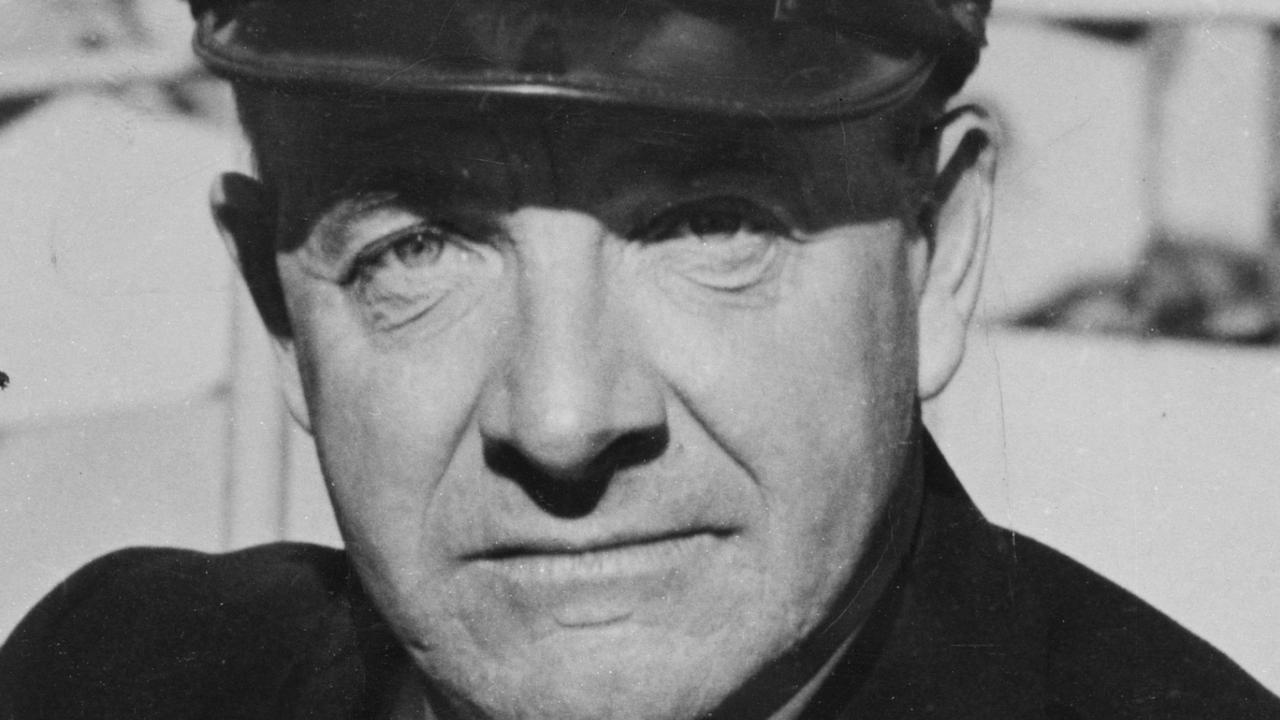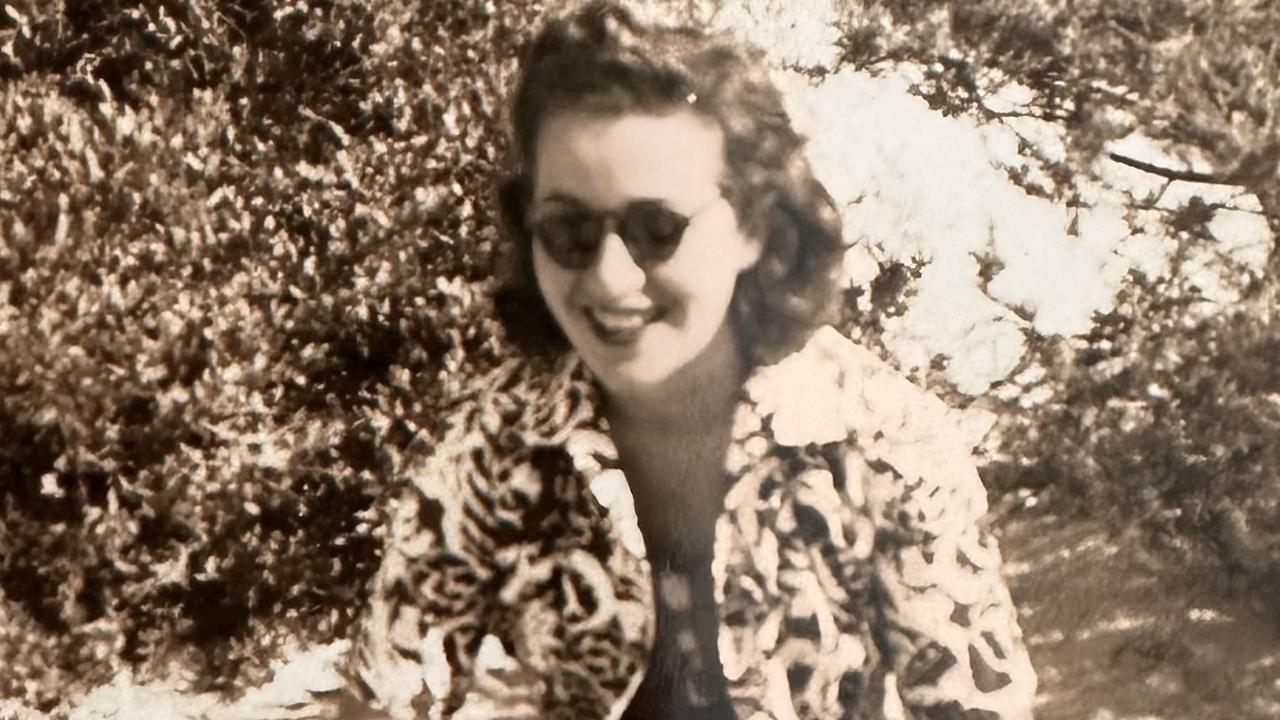Australia’s first Catholic Archbishop Bede Polding won independence for convict colony Catholics
ON April 5, 1842, 175 years ago today, Pope Gregory XVI made Sydney a metropolitan and archiepiscopal see and Bishop Bede Polding Australia’s first archbishop.

Today in History
Don't miss out on the headlines from Today in History. Followed categories will be added to My News.
IT must have seemed unusual for prelates in Rome to hear a Liverpudlian accent coming from a fellow priest. But Bishop Bede Polding was no ordinary priest.
For several years Polding had been the highest-ranking Catholic prelate in Sydney. He was in Rome to discuss with Pope Gregory XVI the spiritual needs of his flock, but specifically that Australia was still technically under the Archbishop of Mauritius.
The pope was impressed with Polding and his missionary zeal. And on April 5, 1842, 175 years ago today, Pope Gregory made Sydney a metropolitan and archiepiscopal see and Polding Australia’s first archbishop.
Born John Bede Polding in Liverpool, England on November 18, 1794, his father had Dutch ancestry and his mother came from the Brewer family, prominent Catholic recusants. His parents died when he was young, so came under the care and formidable influence of his uncle Father Bede Brewer, who presided over the English Benedictine Congregation. He was educated in Benedictine schools and in 1810 at the age of 15 he donned the habit of the Benedictine order, adopting the name Bede in honour of the English saint and historian, but also after his uncle.


Ordained a priest in 1819, Polding showed some impressive skills as both an administrator and a teacher. It was also his enthusiasm, drive and charisma that led to him being offered in 1829 the position of Vicariate Apostolic of Mauritius by the Sacra Congregatio de Propaganda Fide (Sacred Congregation of the Propagation of the Faith) in Rome. He turned the offer down. He was later offered the Vicariate Apostolic of Madras, and again refused.
But Rome wanted to see people such as Polding spreading the word in colonial outposts and they looked for a suitable posting. At the time Catholicism in Australia was suffering from of a lack of priests and formal structure. There had been no Catholic priests on the First Fleet and it was not until 1800 that the first arrived; all three of whom were Irish convicts.
The first government-approved Catholic priests, Fr John Therry and Fr Philip Conolly, arrived in 1819. Therry lobbied Governor Lachlan Macquarie for land for a Catholic Church and in 1821 the foundation stone for a chapel was laid, on the site that is now St Mary’s Cathedral.

Bishop James Bramston, the vicar apostolic in London, took up the cause of asking Rome to establish a vicariate Australia. A Vicariate of New Holland was approved by Rome in 1834, and Bramston recommended Polding for the job. Polding accepted, was ordained a Bishop and arrived in Sydney in 1835.
When Bishop Polding arrived, there were six priests for 20,000 parishioners. He began campaigning for the establishment of a seminary, so Australia didn’t have to rely on recruiting priests from overseas. He also consecrated the chapel of St Mary’s as his cathedral and made a huge effort to visit all of his flock, travelling vast distances between settlements.
In 1840 Bishop Polding travelled to Europe to recruit priests and visit Pope Gregory to discuss the future of his vicariate and the problems he faced. While in Rome in December 1841, he secured some measure of independence for the Catholic hierarchy in Australia being named “Archbishop of Sydney and Metropolitan of Australia, Van Diemen’s Land, and the Gambier Islands, etc.”

As another show of faith, the Pope sent Polding on a diplomatic mission to Malta, for which he was made a Count of the Holy Roman Empire.
While the Catholic community in Australia was overjoyed at the honour bestowed on their highest-ranking prelate, the highest-ranking Anglican priest Bishop William Broughton complained that the titles had been assumed without the approval of the government. But Broughton’s objections were ignored and Polding won over Catholics and Anglicans alike with his charm and warmth. Although his determination to impose a Benedictine model on Catholicism in Australia faded over the years, he remained popular.
The original St Mary’s burned to the ground in 1865, but Polding rallied the community and in 1868 the foundation stone for a new, more impressive cathedral was laid.
In 1873 Roger Bede Vaughan arrived as Polding’s coadjutor. When Polding died in 1877, Vaughan took over, breathing new vigour into administration of Catholicism in Australia.
Originally published as Australia’s first Catholic Archbishop Bede Polding won independence for convict colony Catholics


